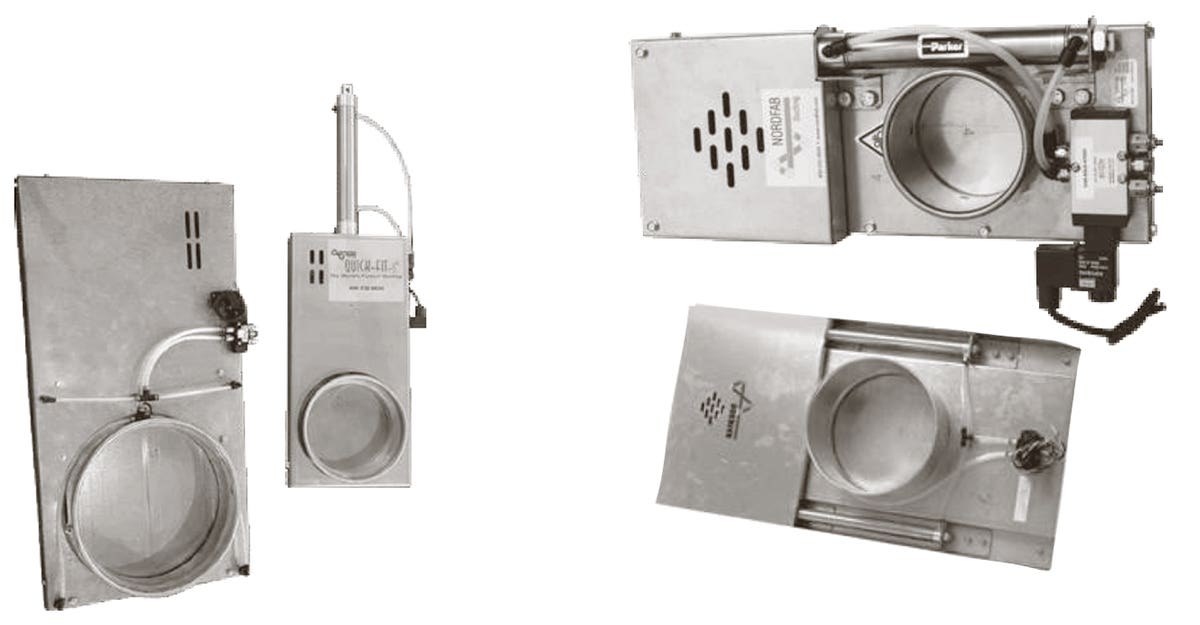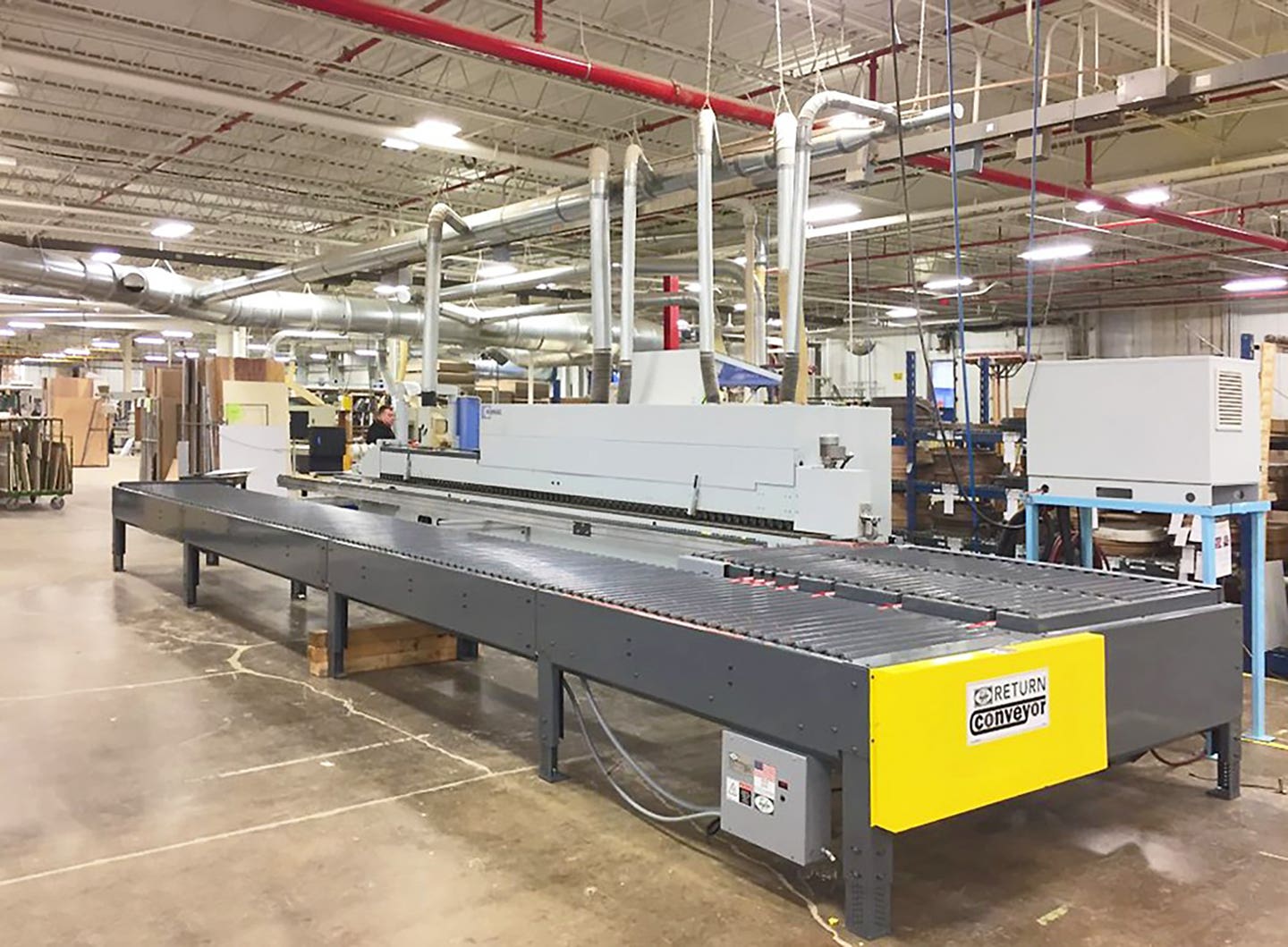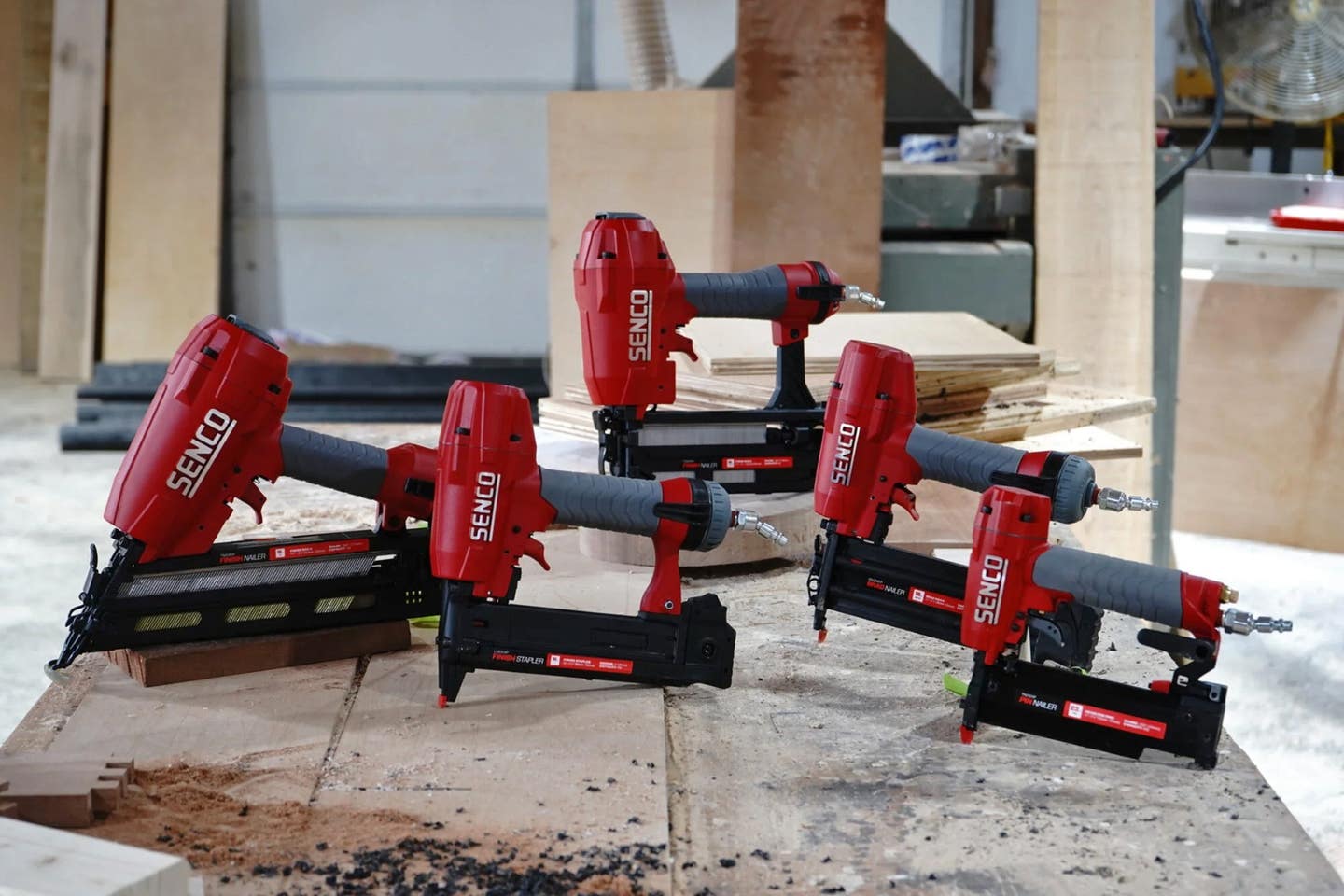Helping hands lighten the load
This month’s cover story features Windham Millwork in Maine, which has a production floor designed so efficiently that employees and visitors alike refer to it as Santa’s Workshop. The owners…
This month’s cover story features Windham Millwork in Maine, which has a production floor designed so efficiently that employees and visitors alike refer to it as Santa’s Workshop. The owners are big proponents of material-handling solutions, such as conveyor and lift systems, because they keep employees safe, protect valuable materials from being damaged and allow for production to remain at peak levels.
Not all shops have the manpower and production volume of Windham, but material-handling solutions still offer key benefits to smaller shops.
Ron Loe, president of Wood Castle Fine Hardword Furniture in Albany, Ore., a producer of high-end custom furniture and case goods, is also a proponent of equipping his shop with material-handling solutions. A decade ago, he loaded his shop with lift tables, conveyor systems and more and he says they’ve been worth every penny.
“Two-thirds of the American furniture plants have closed in the last two years,” says Loe. “Our industry has been devastated by companies closing. So the people that remain in business have to find more productive ways of processing furniture and cabinets. We have to help our employees be more efficient.
“About half the time a worker spends in the shop is done handling material. So while we may think of ourselves as woodworkers, half of our time is spent moving stuff around. If you want to help a shop become more efficient, you have to start by improving the safety and efficiency of your material handling.”
The big three
Vacuum lifts, conveyor systems and lift tables are the three most popular manual material-handling solutions, according to Chris Dolbow of Stiles Machinery, which offers in-house and competing brands.
Vacuum lifts — practically a necessity for CNC panel processing — allow one person to move large panels safely.
“Some sheet goods weigh anywhere from 100 to 300 pounds,” says Dolbow. “If you have one operator trying to lift those, that’s really putting a lot of stress on his back and his body. If he’s working eight hours a day, the last couple of hours are when the injuries happen. When you bring in a small vacuum lift, you are effortlessly transporting that material from the staging area onto the machine or to other areas in the shop.”
Lift tables have a number of uses for shops of all sizes. Outfitted with wheels, they can safely transport material from one place to another. And since their height is usually adjustable, they can double as an infeed or outfeed table, or an extra work surface.
Conveyor systems take up the most space, but practically guarantee improved work flow if properly configured. While they can be used in certain areas, many shops use conveyors to move lumber into the shop, through processing, assembly and finishing, and then back to the loading dock for shipment of the finished product.
“It takes more time for an operator to physically transport materials across the shop or put them up on a dolly than to use conveyor systems,” says Dolbow. “They’re all automatic, whether they’re driven or non-driven conveyor systems. They just really increase the overall efficiency of the shop, which in turn increases the productivity of the shop.”
Aside from cost, finding space for material-handling products is the biggest concern for prospective buyers, according to Dolbow. “Implementing material-handling solutions should be treated with the same thought and careful planning reserved for dust-collection systems,” he says.
“It should be done by an engineer because it has to make sense. You really have to think about how the work is done your shop, making sure there’s a proper flow. If you don’t have the proper flow, you’re actually making the situation worse and just wasting money.”
What’s available?
Here’s what some of the leading suppliers of material-handling solutions have to offer. For more product information, visit the company websites in the source list that accompanies this story.
General International is a source for extendable roller/conveyor stands. Model 50-166 can carry 200 lbs. from 15” to 50”, while model 50-167 can support 400 lbs. from 21” to nearly 52”.
Grizzly Industrial’s vast product catalog includes hand trucks, pallet jacks, furniture dollies and a scissor lift table (Item No. H6291) rated for loads up to 650 lbs. It features a 19-3/4” x 32” table, fold-down handle, tow-locking swivel casters and two fixed carters.
Presto Lifts offers light-duty scissors lifts, floor-level lifts, pneumatic lift and tilt tables, and work positioners. Its new DXL series of compact scissor lifts is ideal for a wide variety of work positioning, assembly, repair and inspection applications, according to the company. With a double-scissor mechanism, powered by a 1/3-hp motor and foot-activated switch, the tables can be raised to a height of 42” or collapsed to just 6” off the floor.
Schmalz Vacuum Lifts is a supplier of vacuum components, and gripping and handling solutions. The company offers a number of transport trolleys, which are basically racks on wheels, appropriate for the finishing room. Its vacuum workstand is about the size of a sheet music stand, with a tilting table on a roller stand, offering a way to clamp and process small workpieces. Its vacuum tube lifter, Jumbo, can lift carton boxes, bags, barrels and sheet goods up to 300 kg and not leave a mark, according to the company.
Shopcarts U.S.A. manufactures the Flip Assist, a cart or workbench designed to help in turning over large flat products such as desk- or conference-table tops. The workpiece initially is positioned at one end of the cart. When one side of the workpiece is sanded or finished, a pneumatic cylinder is activated on the underside of the cart allowing the hinged table top to lower in the center, placing the workpiece in a near-vertical position. The workpiece is then easily laid over manually to the other side and the bed is returned to a flat position with the workpiece inverted on the opposite end of the cart, according to the company.
Southworth Products offers the LS series BackSaver and LST series tandem lifts, available in many sizes and capacities, to lift and position loads of up to 8,000 lbs. and as high as 56”. The company also makes the Lift-Tool, a 22” x 23” portable scissor lift that weighs 32 lbs. By inserting a cordless drill into the screw jack socket, loads of up to 300 lbs. can be lifted up to 17-3/4” above a work surface, making it useful for upper cabinet installations.
Stiles Machinery offers the Q-System brand of material-handling solutions, beginning with modular roller conveyor units in straight or curved runs and custom lengths. They can be easily moved or retrofitted and come with floor supports and tiltable end stops. The Q-System lift tables are available in nearly any length, width, height and capacity, offering an automated transfer of material to a different elevation or orientation, while the line also includes racks that can store product on two or more levels.
Tigerstop offers a selection of material-handling tables to complement its stop/gauge and pusher systems. Available as flat or roller tables, they are height-adjustable to match up with a shop’s existing machines and works flows. Tables are available in up to 30’ working lengths for both infeed and outfeed operation.
Timesavers Inc. offers wood transfer conveyors, manufactured to customer specifications with accessories such as emergency stops.
This article originally appeared in the December 2011 issue.







